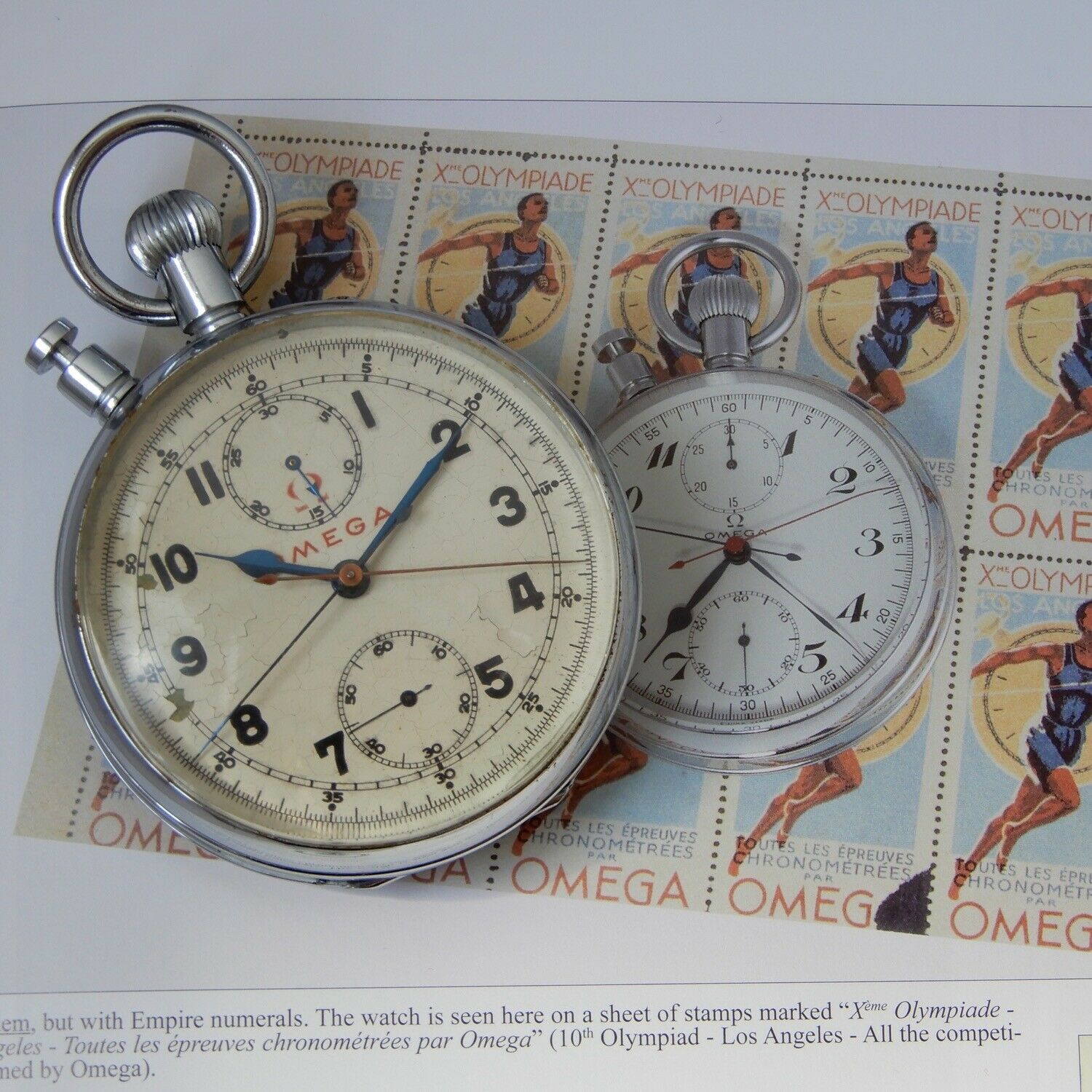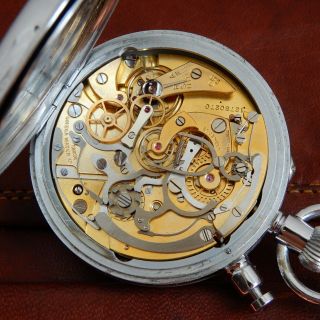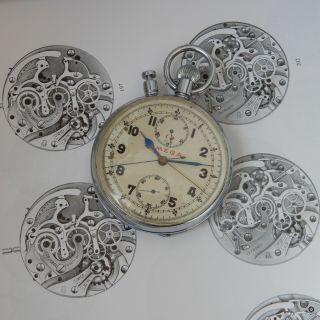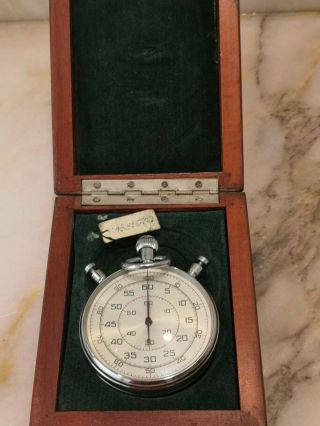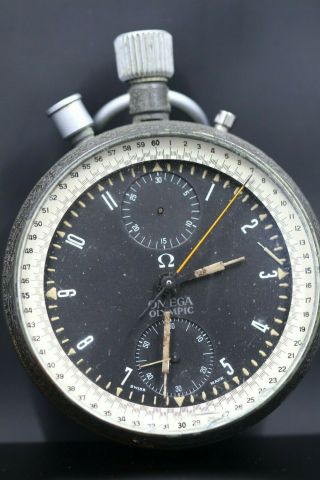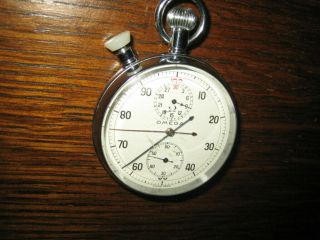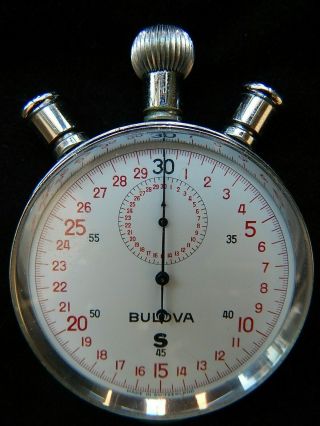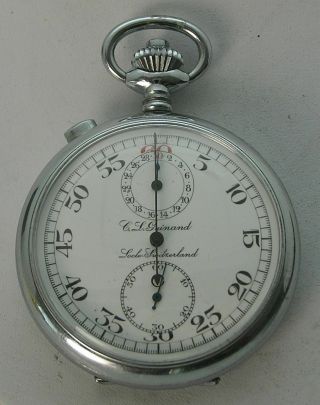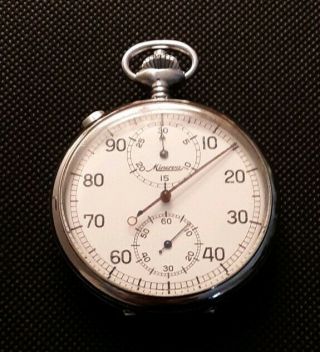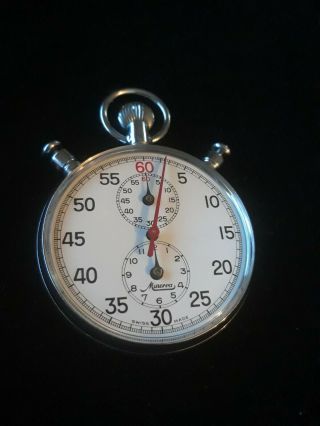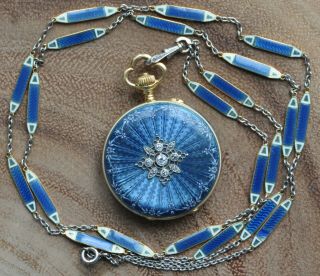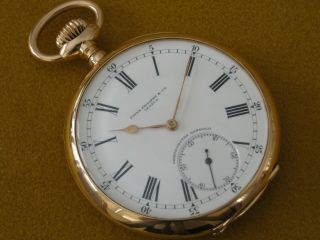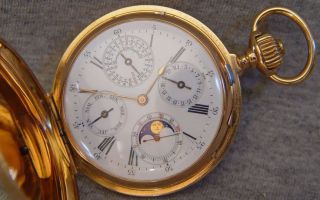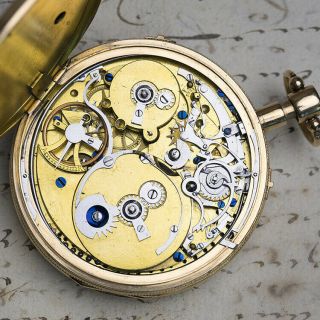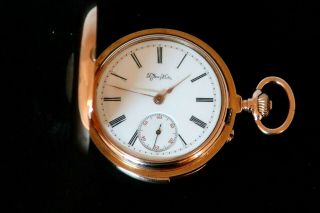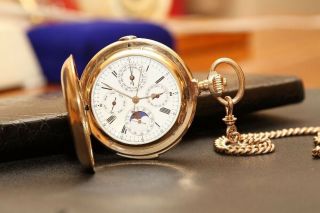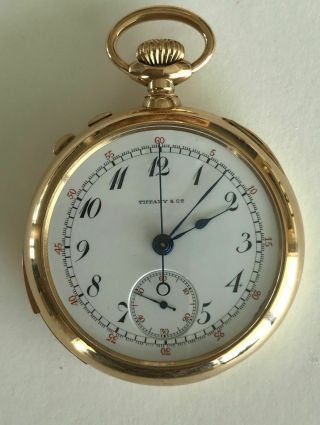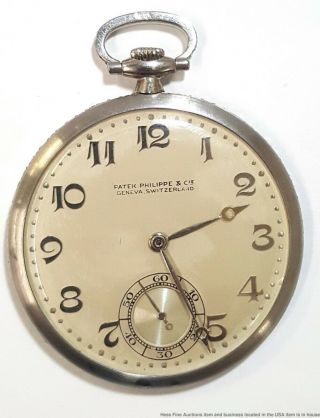Rare 1945 OMEGA Olympic Timer Rattrapante Split Seconds Pocket Watch Chronograph
Item History & Price
FOR THE FULL STORY SEE Exact Model at 3:50 =) https://youtu.be/3WOydolQPjw
The Omega Cal 201 Olympic Games Sports Timer
Pocket Watch Ratapante StopWatch Chronograph
Signed N.R.A.A.A. Northern Region Amateur Athletics Association
Vintage 1945 Movement Serial Number
First, there is the incredible history that goes back to 776 BC – when the Anc...ient Olympics are widely accepted to have started – being held every four years at the sanctuary of Zeus in Olympia, Greece. Then, there is how that four-year thing about it still applies: placing a four-year void in between Olympic games ensures that a professional athlete’s career can accommodate only a limited number of opportunities. Miss a beat at the wrong time and you miss out on bringing four year’s of dedicated preparation to fruition. Last, but certainly not least, there is something specifically for us watch nerds about it too: the accurate recording of these decisive moments, a task that Omega has been trusted with since 1932.The history of the Modern Games officially began in the Panathenaic Stadium in Athens in 1896, while we note the first Winter Olympics to have been held in 1924 in Chamonix. Probably one of the milestones in the history of Modern Olympics was when the 1956 Winter Olympics in Cortina d’Ampezzo, Italy, became the first Games to be broadcast on television internationally.Omega has been the official timekeeper of the Olympic Games since 1932, which is extremely early on in its history if you consider the tough, low-key decades that followed the 1896 beginnings, and especially when noting that was some 24 years before the Olympics had its first chance of getting closer to the global audience. The 1932 Summer Olympic Games marked the first occasion in the history of Modern Olympics that the responsibility of Olympic timekeeping was assigned to a single company – Omega. Omega had provided 30 calibrated chronographs for “unprecedented precision.” Before this, multiple manufacturers provided watches that were only accurate to 1/5th of a second – causing such inconsistencies that times only for the winners were provided. By contrast, Omega’s 30 pocket watches were chronometers certified by the Neuchâtel Observatory and were accurate to the nearest 1/10th of a second while also featuring a rattrapante, i.e. split-seconds functionality.It goes without saying, that at this point – and for another 16 years to come – the timing at the Olympics had been performed by human judges, not electronic devices, although a very basic type of photo finish had been used in the Olympics since as early as 1912. To average out bias and human error, each athlete in every sport where timing was crucial was timed by up to six judges – they all would have their own high-precision Omega pocket watch and the times they individually measured were noted, added up, and averaged out. the close finish and the time were captured on the same footage by The Omega Magic Eye of 1948 was the first to rely on photoelectric cells like this to accurately capture a race’s finish.The 1948 St. Moritz Winter Olympics and the 1948 Summer Olympics, also know as the “Austerity Games” of London have proven to be a turning point in Olympic timekeeping. Although London still bore the scars of the war and no new venues and Olympic housing were built, timekeeping – enjoying the technological advancements it underwent thanks to the arms race of World War II – had in fact taken notable leaps forward. St. Moritz saw Omega first use a photo-electrical timing system, later know as the “Magic Eye, ” which in London was paired with the world’s first slit photo finish camera. Therefore, it was at the 1948 London Summer Olympic Games where technology truly began to replace humans in Olympic timekeeping.The photo finish camera used in 1948 comprised a camera at the finish line linked to an electronic pistol that would start the race. The camera had a slit of a tenth of a millimeter in its frame, exactly aligned with the finish line where the winner obstructing a light ray would determine when the picture would be taken. The official announcement would come after two or so minutes – a considerable improvement over the Chronocinema of old. Interestingly, in 1948 the camera was only used to determine final rankings, not official results, but by Helsinki in 1952, the camera had been renamed the Omega Racend Timer.Fun fact: Omega brought along 4 tons (9, 000 pounds) of equipment to time the St. Moritz Winter Olympic Games… we aren’t sure whether that includes or excludes the Chevrolet – shown above, equipped with special shock absorbers – that the 5-man Omega timekeeping team used as their portable offices so that they could move between the many different stages of the event. The Omega Time Recorder, Helsinki, 1952.Helsinki, 1952, had brought along yet another important advancement in timing technologies: the Omega Time Recorder. This amusing, vaguely named system featured an electronic, quartz-driven chronograph and a high-speed printing device which enabled Omega to time events and instantly print out results to the nearest 1/100th of a second. Although quartz-driven systems had been used before, the Omega Time Recorder was the first portable device that was also battery powered, hence allowing it to function independently from the often unreliable electricity systems of the era. The Omega Swim Eight-O-Matic from Melbourne, 1956.Melbourne, 1956, brought along yet more innovations – only to lead to one of the most controversial finishes in the history of the Olympics in 1960. Let’s not get ahead of ourselves though and check out the great novelty of ’56: the Omega Swim Eight-O-Matic – joyfully named in line with product naming practices of the era – the world’s first semi-automatic swimming timer. The original timer featured eight electro-mechanical counters, one for each lane, and each with a digital display. The starting time was automatically triggered by the pistol, while the counters were manually stopped at the finishing line by the timekeepers with hand-held electric timersOmega Still continue to innovate and participate as the sole official timekeeper of the olympics to this day and all thanks to to this cleverly designed sports timer.
THE CaseA Large Stop Watch timer 64mm in diameter 92mm case base to bow tip Original Crown Double hinged case Pin Set Pocket Watch
THE DIAL Natural Age Patina & Flaking As almost all of the batch from the mid to late 40s are sadly, BUT that aside this is still one of the better examples that we have ever seen, Dare we say a little nicer than the one held at the omega museum?
3:50
https://youtu.be/3WOydolQPjw
THE MOVEMENTOMEGA 201
Hours Minuets continuous seconds 3 min counter and stopwatch ratapante split seconds seconds
SERVICINGWe can offer a comprehensive servicing facility we can service most watches at a fraction of the high street cost, we can look after most watches from pocket watches to trench watches to high end chronographs. Please feel free to contact us buy sending a quick message or call, See below left under "Business Information" for both our Contact Telephone Number and indeed our Email address.Or Servicing Contact & Buying & Selling search "FullyWound"
PLEASE READ BEFORE BIDDING FOR THIS ITEM
Remember that you are buying from a Vintage Watch Company NOT EBAY Therefore Any Problems or queries with an item Please call on our direct No below or message me before contacting ebay for a speedy response. ALSO our feedback and star ratings are very important to us. If, for any reason, you feel that you are not satisfied with the service we have provided or you have any questions or concerns please contact us by ebay messaging before leaving your feedback. We will do all that we can to resolve any issues swiftly and amicably and ensure you get the best.



